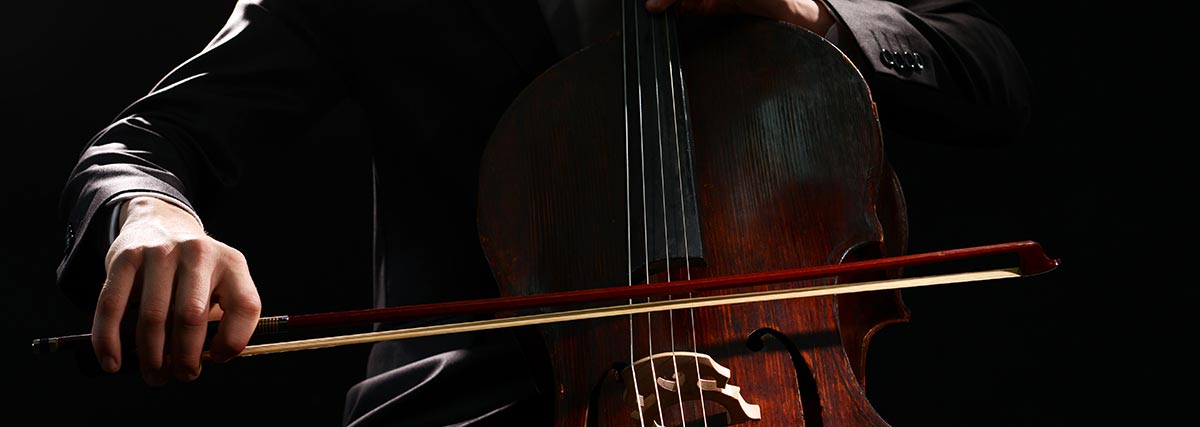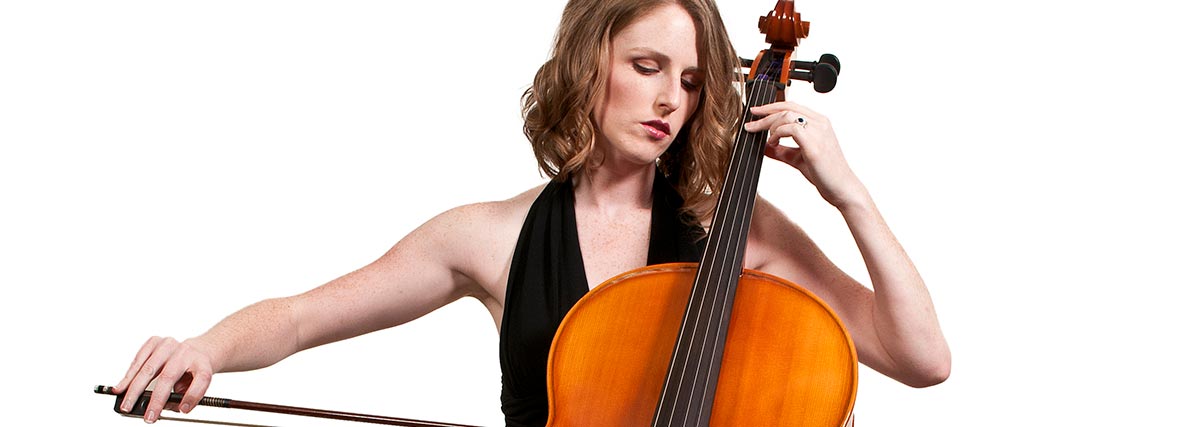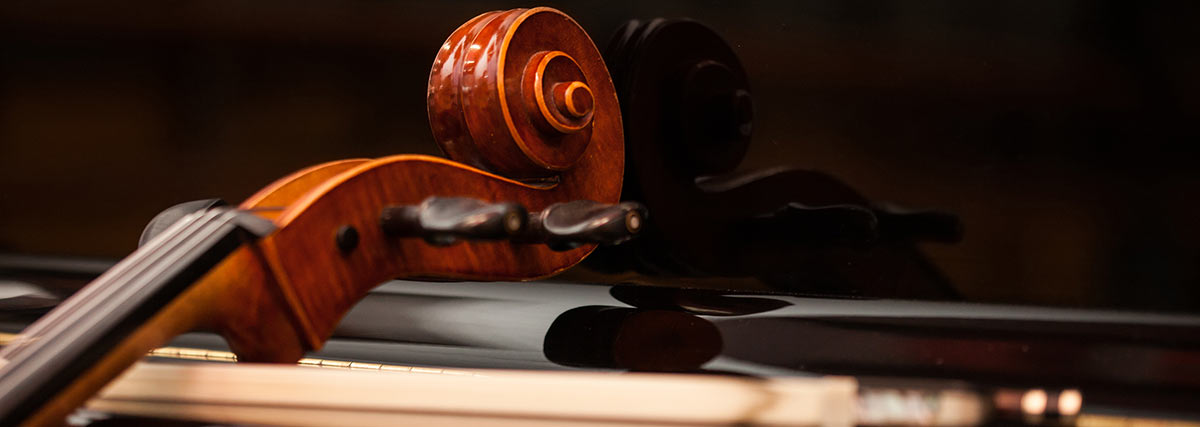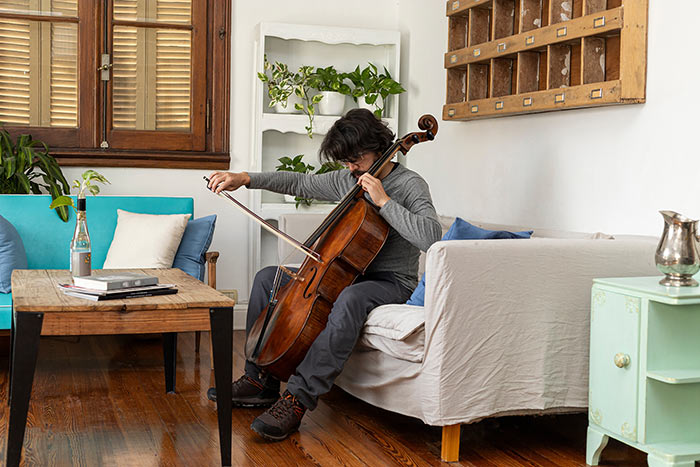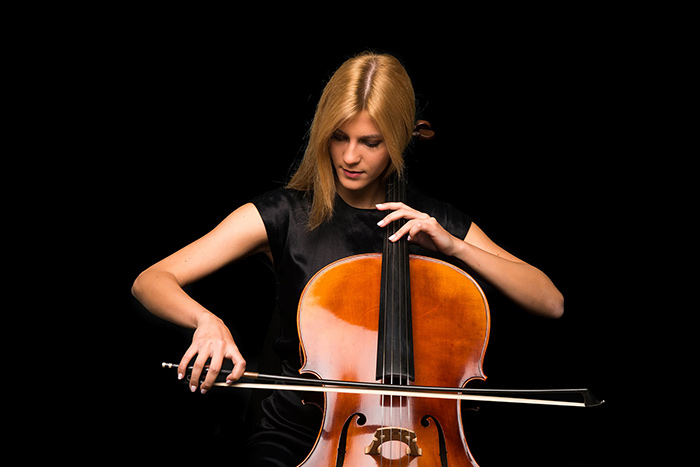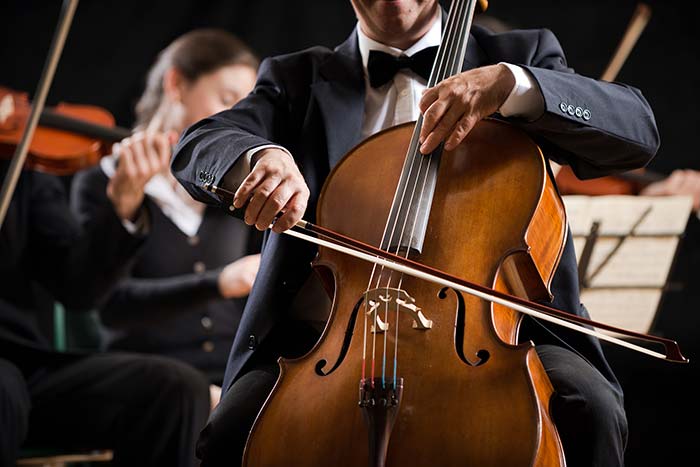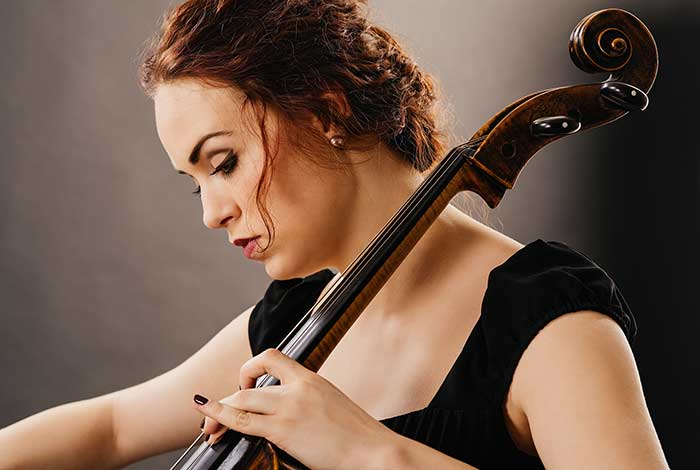So you have made the exciting decision to start cello lessons! that’s a great step but you may wonder what you should do in between your lessons. Most people choose to have lessons once a week so that leaves you with a whole week to practice everything your teacher has set you; this can seem rather daunting at first but don’t worry, we will break it down.
When you first begin your cello journey, you want to aim for at least five or six, twenty minute practice sessions a week because it’s all about little and often practice at first to constantly reinforce your new skill. Learning the cello is incredibly physical and it will take a little while for it to feel completely comfortable so it’s important to remind yourself of the new posture frequently throughout the week. After a month or two you will want to increase your practice time to twenty-thirty minutes per practice session as you will feel more and more comfortable when playing and you will have more to work on each week as you get more advanced.
You may be thinking, but what do I practice? And what is practice? Practice is when you reinforce everything you have learnt in your cello lesson by repeating certain technical aspects and pieces over and over again. Identifying precisely where you are struggling in a piece is the first step to great practice, then using certain practice methods to resolve the issues is the next.
Playing the notes in a different rhythm or just playing with the bow or practicing it at different speeds can often help, as well as recording yourself and listening to it back. When you first start learning the cello it’s very important to keep an eye on your posture (how you sit with the cello) at all times, the best way of keeping a constant eye on this is by always practicing in front of a full length mirror; if something doesn’t look right of natural to you it probably isn’t right, so you can ask your teacher about it in your cello lessons.
As an adult learning an instrument it can be difficult to find the time to practice but having your cello out on a cello stand is a great way to remind you to practice. Having a ‘practice spot’ perhaps in your living room or study is a great way to focus the mind as you will associate that space with practice and the mentality of it.
In your practice spot you will need a chair without arms and one which will allow your legs to be at right angles, a full length mirror, a music stand with your music open on the right page, your notebook with notes from each lesson (to remind you what to practice) and your cello on it’s stand. The idea of the commitment of practicing can seem concerning, especially when you are trying to juggle work commitments, however just remember it’s only fifteen minutes out of the whole day if you concentrate well!
Always approach practice with a plan and a clear structure because focused practice is the best practice and you will achieve a lot in a small amount of time. You should aim to practice when you feel calm and not too time pressured as you need to be able to think clearly, and don’t forget it’s a hobby so it should be enjoyable and not rushed! Make sure your posture is right before you start playing then warm up with some open string practice, this will allow you to warm up by focusing all your attention on sound production, then go on to practice the technical aspects or scales your teacher has set you, followed by breaking down your pieces to solve any difficult passages.
Practice isn’t the only thing you should do in between lessons, listening to music, going to concerts and immersing yourself in the art form is crucial and one of the most beautiful aspects of learning the cello. Listening to music will not only expand your knowledge of music, but constantly hearing the sound of the cello is very important in the early stages of learning to play and it will keep you inspired listening to lots of music.
Watching videos and going to concerts is also fantastic for reinforcing how you should sit with the cello and will remind you of what you are aiming for when your not with your teacher. As you get more advanced your teacher might ask you to learn some Italian musical terms or to advance your theoretical knowledge so you will also want to incorporate this into your week.
Above all, you should relish the journey you’re on in between your lessons, listen to music, play music and enjoy taking time out of your day for yourself and if you are ever worried about practice, your teacher is there to help!


